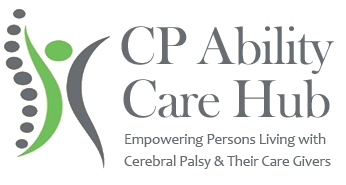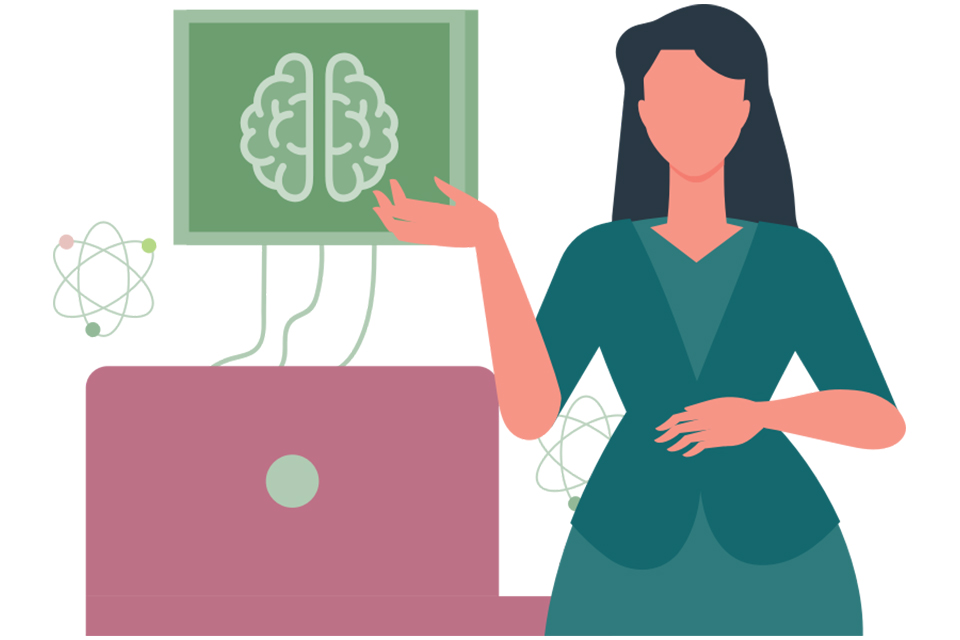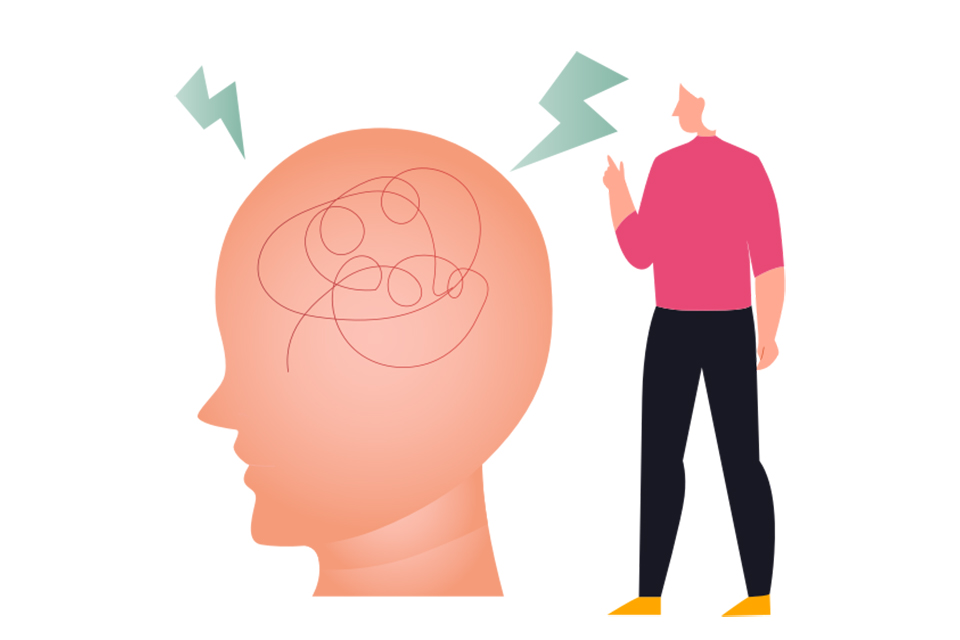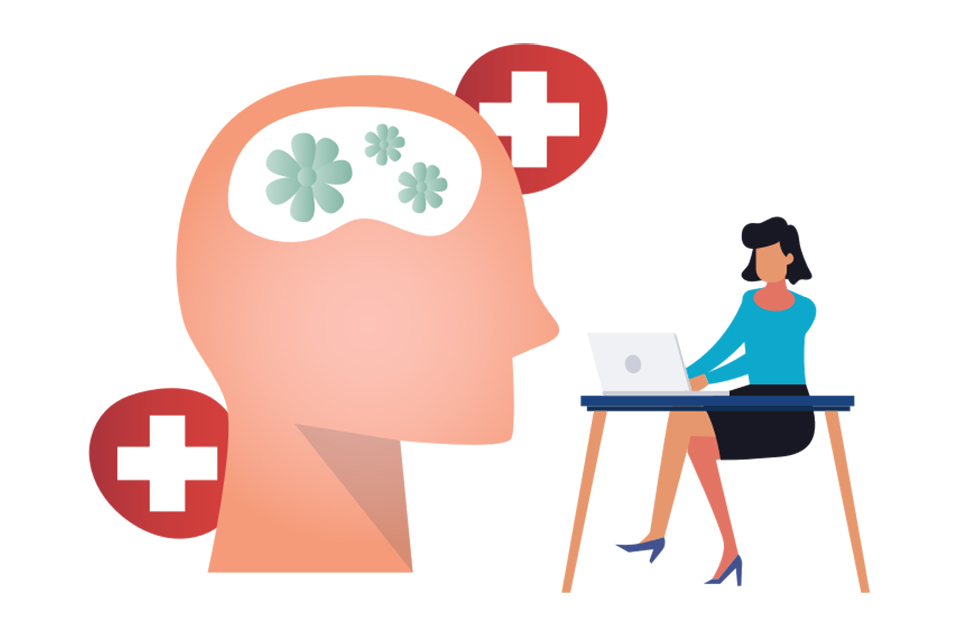What Causes Cerebral Palsy?
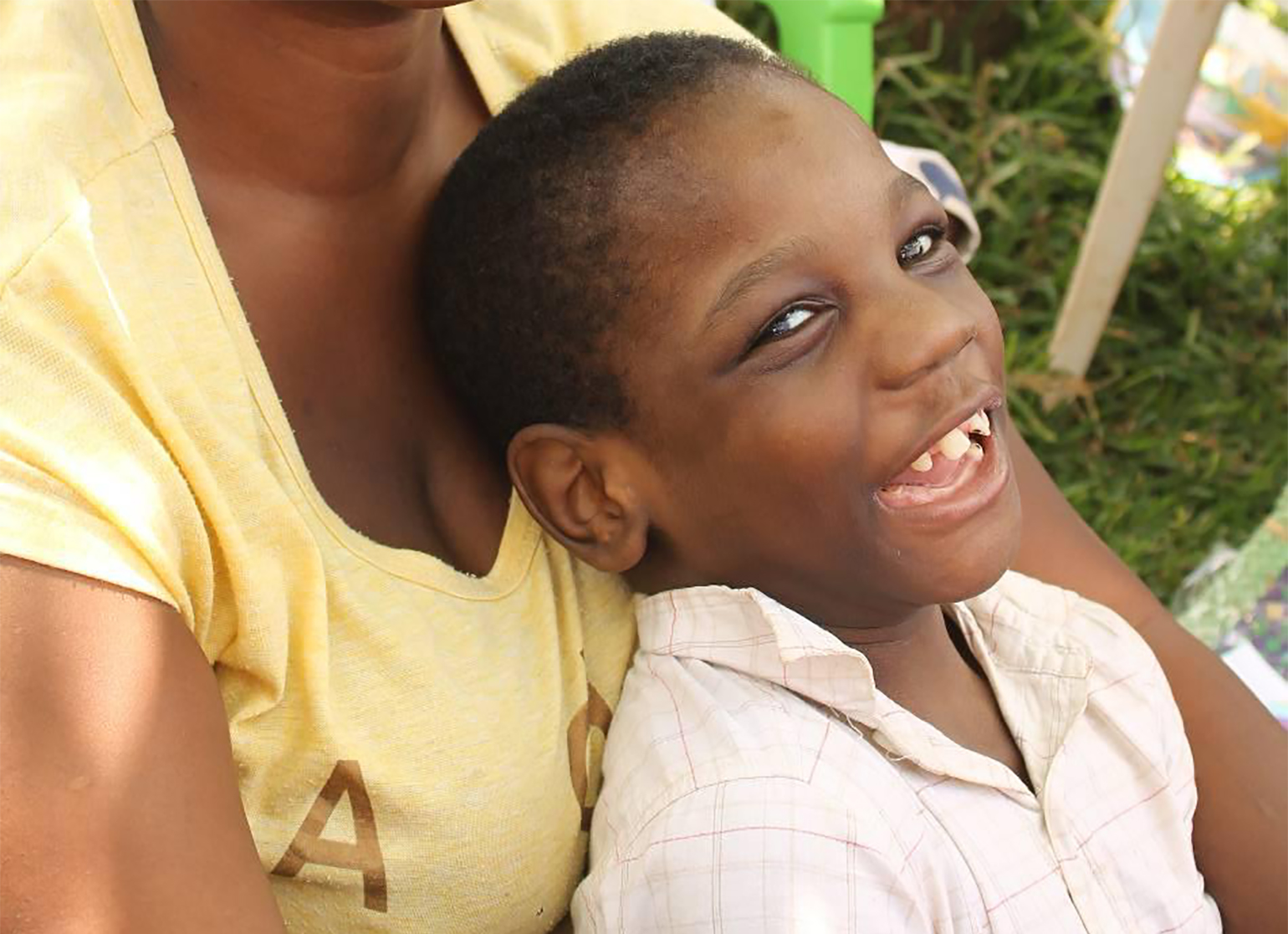
There is no single cause of cerebral palsy. For most babies born with cerebral palsy, the cause remains unknown. We now know from research that there are certain risk factors for cerebral palsy.
Risk factors may occur during a woman’s pregnancy, as a baby is being born, or after they are born. Sometimes these risk factors cluster together to form a ‘causal pathway’. A causal pathway is complex series of events that when combined can cause or accelerate injury to the developing brain. This can lead to a diagnosis of cerebral palsy.
In most cases of cerebral palsy, the brain injury leading to cerebral palsy occurs either in the uterus (while the mother is pregnant) or before 1 month of age.
- Stroke is the most common cause in babies who acquire cerebral palsy after 1 month of age. The stroke may occur spontaneously or arise from surgical or heart complications.
Babies with any of these risk factors, or groups of risk factors mentioned below, should be screened for cerebral palsy. Getting the right diagnosis early means starting the right support early.
Risk factors for cerebral palsy
Risk factors do not cause cerebral palsy. However, the presence of some risk factors may lead to an increased chance of a child being born with cerebral palsy.
What are the risk factors associated with pregnancy?
- Previous stillbirths or miscarriages
- IVF
- Maternal thyroid disease
- Pre-eclampsia
- Abnormalities of the placenta
- Bleeding
- Infection during pregnancy e.g. CMV, Rubella, Influenza
- Substance abuse
- Multiple births (twins/triplets/quadruplets), especially if the babies are born early or one baby dies during the pregnancy.
What are the risk factors associated with birth?
- Born prematurely
- Admitted to neonatal intensive care unit (NICU)
- Born with neonatal encephalopathy (involving seizures and resuscitation)
- Born with birth defects (of the brain, heart or limbs)
- Born with or admitted to hospital following a stroke
- Born too small (growth restriction during pregnancy)
- Low sugars (hypoglycemia) at birth
- Jaundice at or after birth
- Born with an infection or a brain infection shortly after birth
- Car accident or other accident during pregnancy or shortly after birth.
Who is at greatest risk of cerebral palsy?
It has been identified that four groups, statistically, have a greater risk of cerebral palsy.
- Males – Males are at greater risk of having cerebral palsy
- Premature babies – Prematurity is associated with higher rates of cerebral palsy
- Small babies – Low birth weight is associated with higher rates of cerebral palsy. This may be a result of prematurity or slow intrauterine growth.
- Twins, triplets and higher multiple births.
Is cerebral palsy genetic/hereditary?
Genetic cerebral palsy is uncommon, approximately 1% of people with cerebral palsy will have a sibling with the condition. It is even uncommon in twins – when one twin has cerebral palsy, 90% of co-twins will not have cerebral palsy.
However small these statistics, they are enough to suggest that there might be some genetic factors involved in cerebral palsy. Researchers generally believe that a genetic disposition to certain characteristics, i.e. prematurity or heart problems, may start a chain of events (causal pathways) that can result in a child having cerebral palsy.
